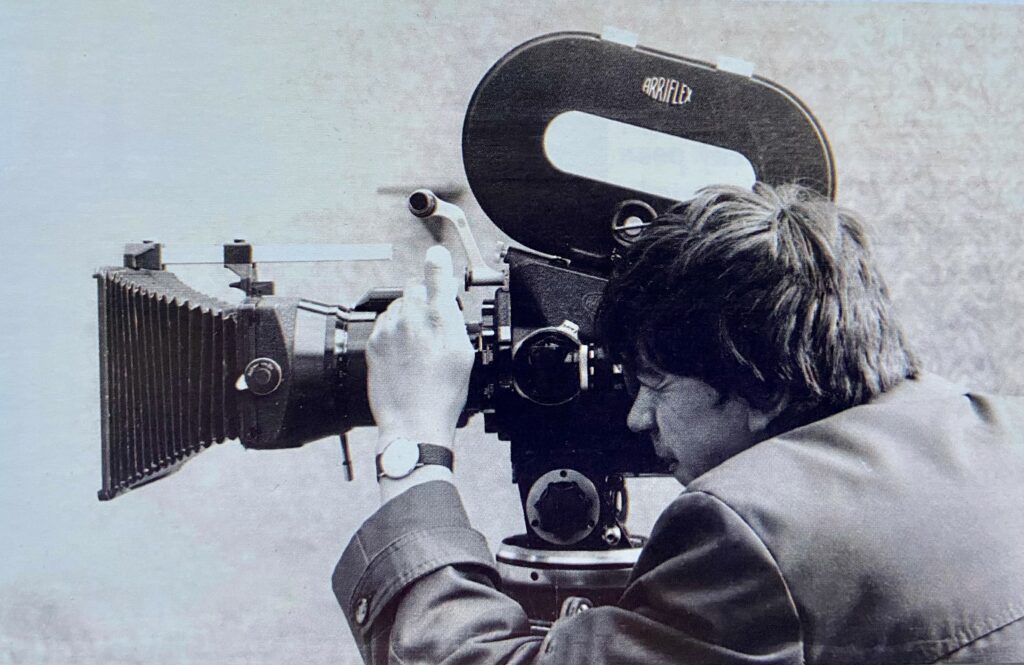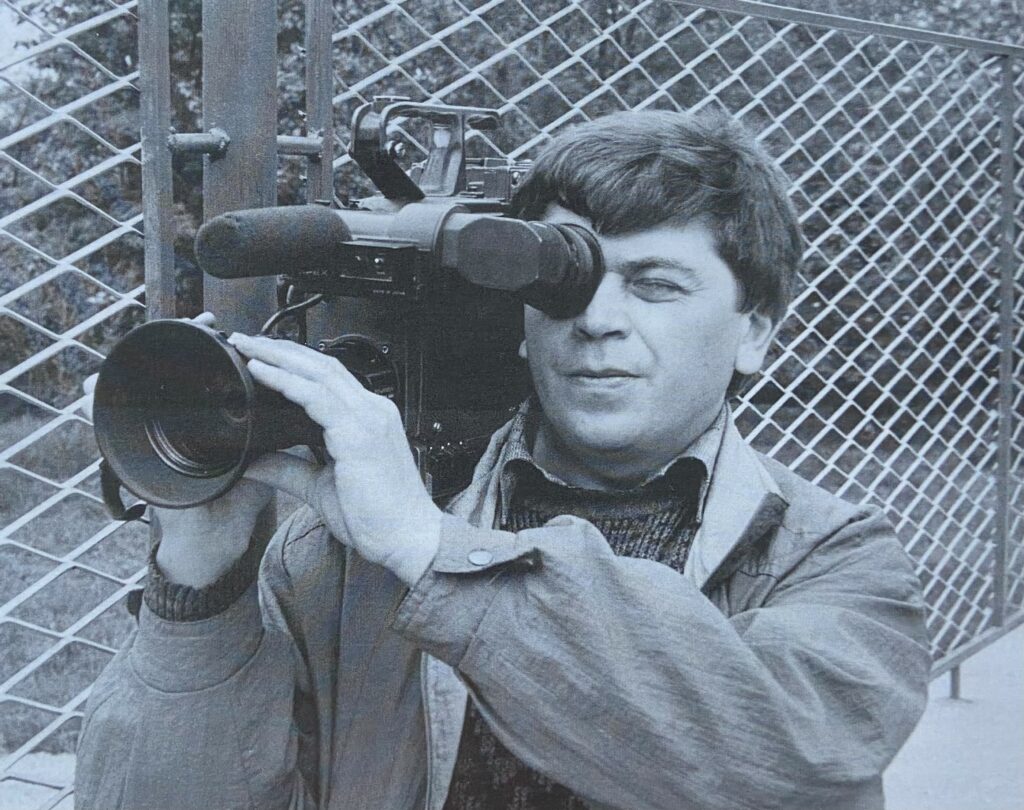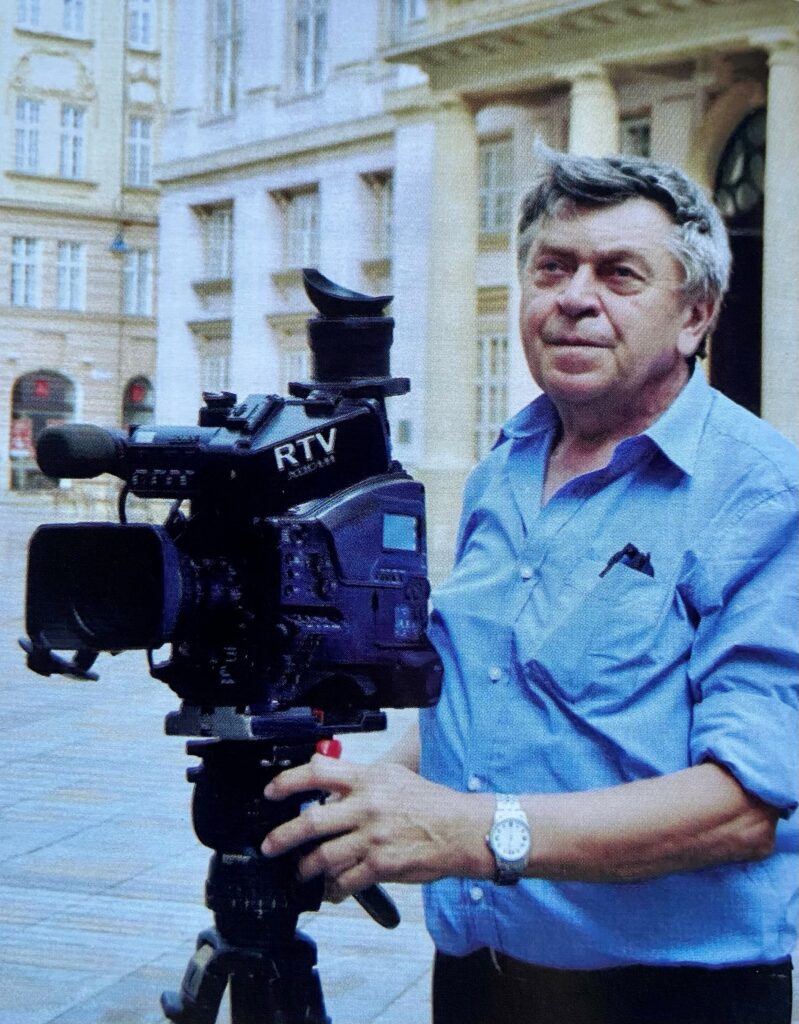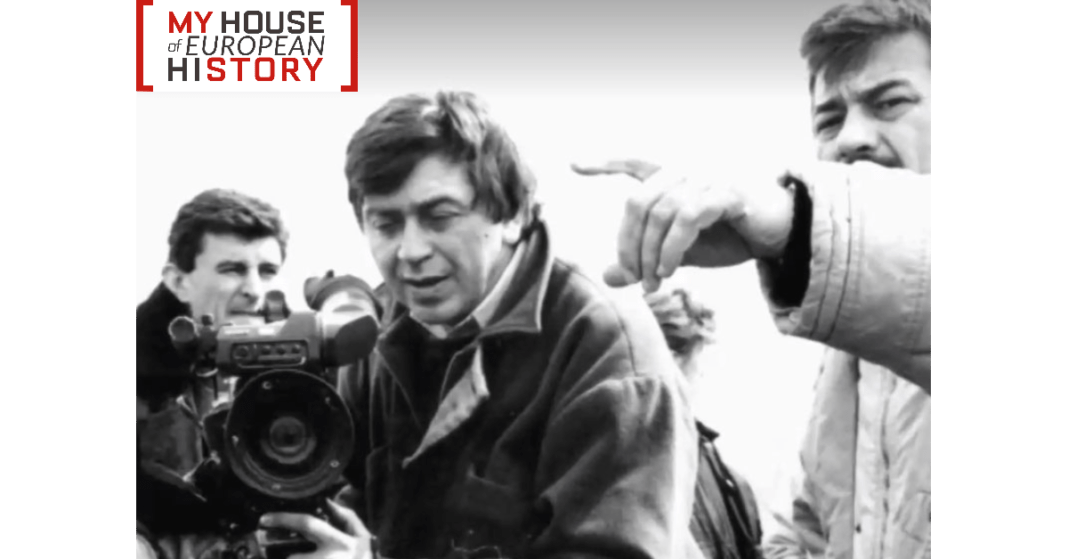“Velvet Revolution” is an oxymoron, which combines two words: one conveys the idea of softness, and the other describes a profound, rapid change in the political order of a society.
From the 17th November to the 29th December of 1989, under a soft blanket of snow a non-violent transition of power in what was then Czechoslovakia put an end to more than 40 years of communist rule in the country. Since then, this term has been used to describe the peaceful transition of power, or more specifically, a non-violent revolution.
Despite the fact that, during the revolution, the Czechoslovak media were strictly forbidden to record videos or take pictures, a Slovak man from Yugoslavia found himself in the middle of a crowd with a camera. What happened next?

Iveta Madarova gives us the testimony of her father, who was working as a cameraman during this historical period, providing a personal and powerful insight of the events that took place.
Click here to read the story published on My House of European History website.
To discover more about the term Velvet Revolution, read our article for the IATE Term of the Week.


Written by:
Sofia Bertini and Laia Pérez Picó

